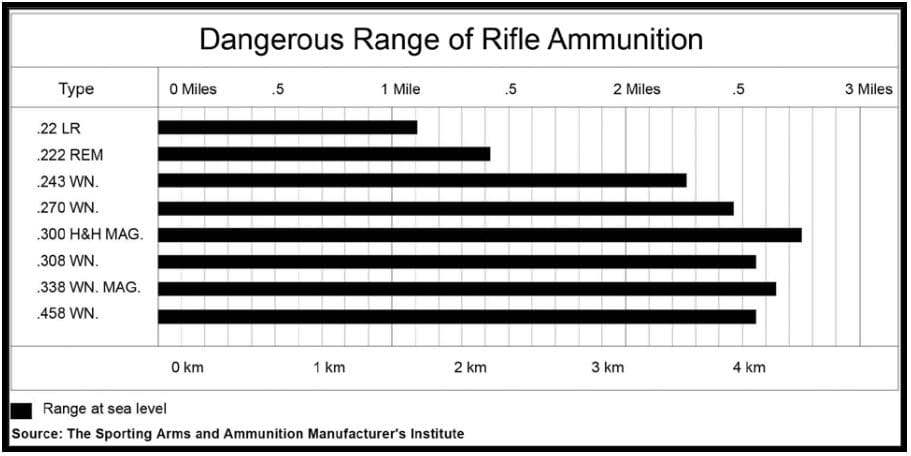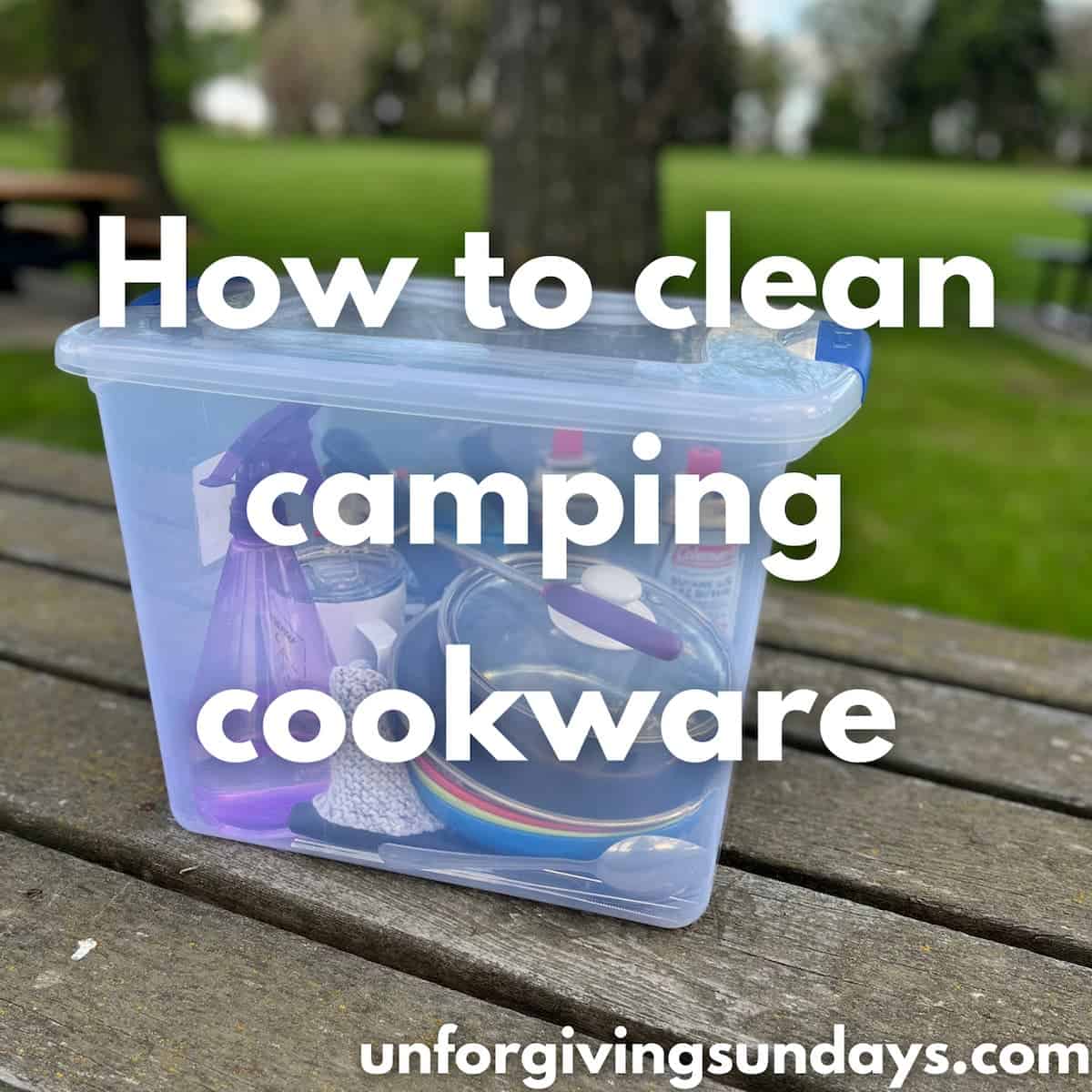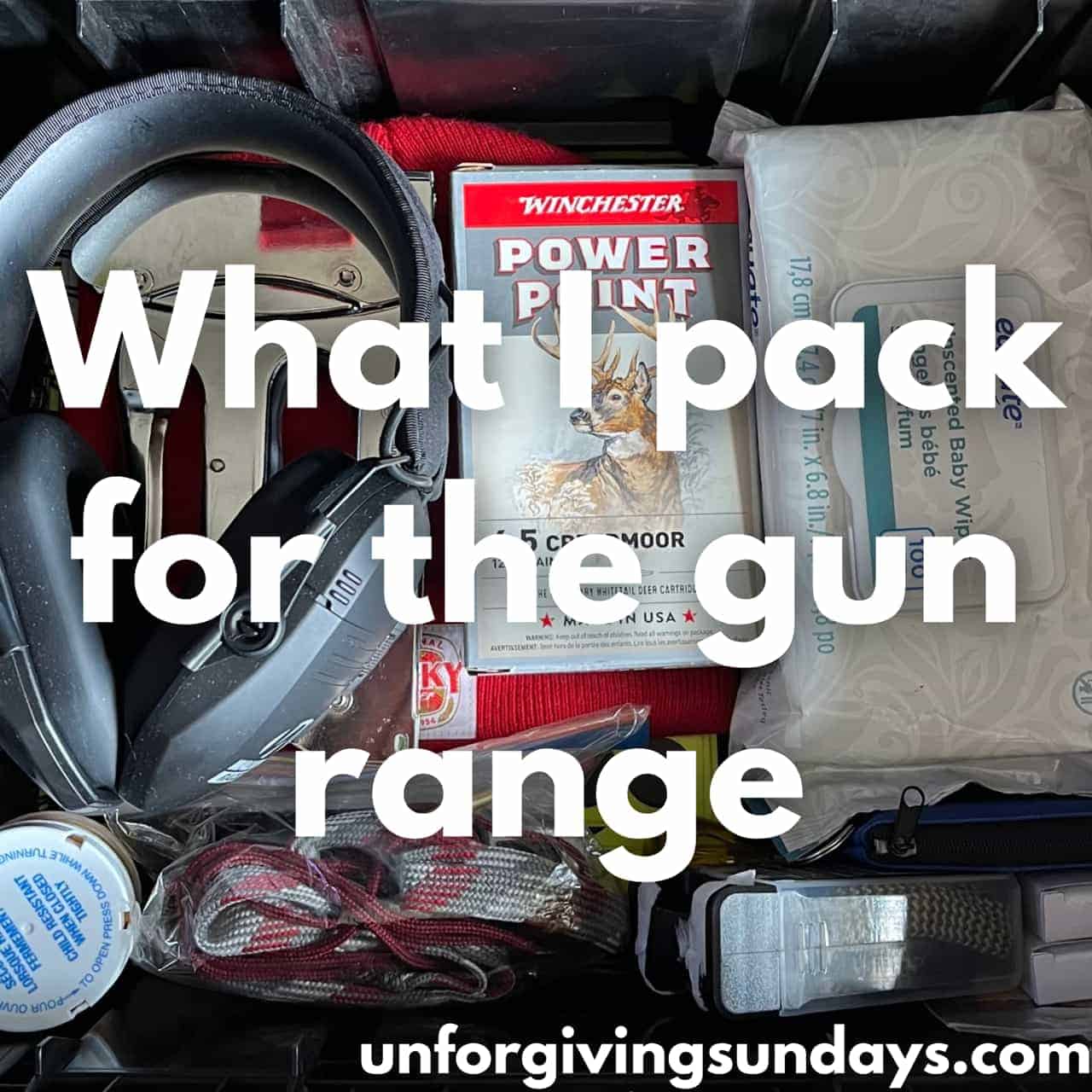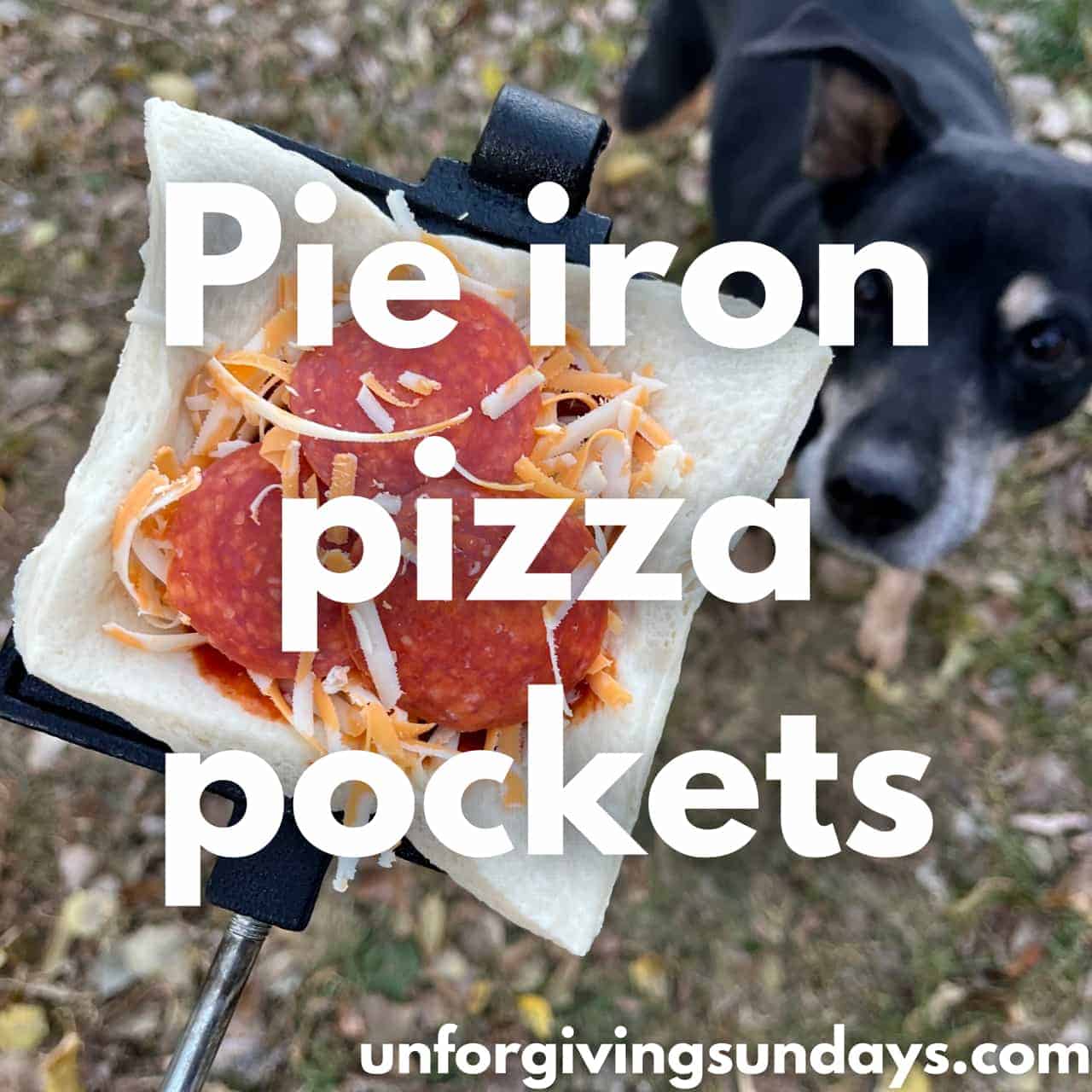If you are going to handle a firearm, you should make sure that you do it safely. Here are the things you need to know to keep yourself (and others) safe. We will cover the cardinal rules of gun safety, how to deal with misfires, knowing your range of fire, the importance of using the correct ammunition, and more.
A lot of this information comes from the Canadian Firearms Safety Course. You can download the Canadian Firearms Safety Course textbook here for free!

ACTS & PROVE
During firearm safety training, these two acronyms (ACTS and PROVE) are drilled into you. ACTS describes the four most important rules for gun safety. PROVE describes how to ensure that a firearm is unloaded. Sticking to these rules will greatly reduce the chances of an accident.
The four vital ACTS – the cardinal rules of gun safety
A – Assume every firearm is loaded
Unless you know, without a shadow of a doubt, that a firearm is unloaded, you should treat it as loaded until you PROVE that it is safe.
Let’s say you are at the range. You need to go to the bathroom so you leave your unloaded rifle on the bench, under the supervision of a buddy. Your buddy decides to try out your gun and then gets a phone call. You walk in and he walks out hurriedly to take his call. You go to pack up, grabbing the rifle that you thought you had just unloaded, and the gun accidentally discharges.
One of the most important things that you can do if you want to safely handle firearms is to treat every firearm as if it is loaded — unless you know unequivocally that it is not.
C – Control the muzzle
Regardless of whether your gun is loaded or not, you should always know where your gun is pointing. This can sometimes mean pointing the muzzle up or down.
Consider the direction of your muzzle and what is beyond your immediate surrounding. Depending on the type of ammunition you are using, the possible range of your projectile could be kilometres. Just because no one is standing in front of that wall, doesn’t mean no one is on the other side.
Strict adherence to this rule alone would reduce accidental gun-related fatalities to practically zero.
T – Trigger finger stays outside of trigger guard
Your trigger finger should never go inside of the trigger guard unless you are about to take a shot. This is a really important part of reducing the likelihood of accidental discharge.
It is even better if you keep your safety on too but it is important that you don’t rely solely on this mechanism. The safety is an extra layer of protection but it can still fail.
The sequence should go: load, safety on, aim, safety off, trigger. The safety is typically located close to the trigger so that you can quickly slide your finger from one to the other.
S – See that the firearm is unloaded
Before you are finished handling a gun, especially before you put it down or lean it somewhere, you need to PROVE that the firearm is unloaded. Never leave your firearm loaded.

PROVE it safe
P – Point the muzzle in a safe direction
The first step in unloading a gun, or confirming that it isn’t already loaded, is to ensure that the muzzle is pointed in a safe direction. Remember — we love controlling our muzzles.
R – Remove the ammunition
Unload the firearm by removing the magazine and cycling the action. You “cycle the action” by repeating the same manoeuvre that you used to load the gun. For example, when you cycle the action on a pump-action shotgun, you pump it as if you were loading the gun, and the gun ejects the shell that is chambered.
O – Observe the chamber
Once you’ve removed your ammunition, look into the chamber and make sure there isn’t anything that is still in there.
V – Verify the feeding path
Ensure that there is nothing obstructing the feeding path (i.e., the path the cartridge or shell travels from the magazine to the chamber’s exit).
E – Examine the bore
The very last step is to confirm that there isn’t anything stuck in the barrel of the gun. The safest way to do this is by dropping a cleaning rod down the bore. If it slides down the barrel and all the way to your chamber, you know that the barrel is clear. Another option would be to run a bore snake through the barrel (a bore snake is a long cord that acts like a pipe cleaner and is typically used for gunning cleaning).
Misfires, hang fires, squib loads
What happens if you pull the trigger and nothing happens?
- A misfire is when the ammunition doesn’t fire.
- A hang fire is when there is a delay before the gun fires.
- A squib load is when the projectile gets lodged in the barrel.
A misfire is not dangerous, but a hang fire or squib load can be. During a hang fire, your firearm could still discharge at any time; and if you remove the ammunition from the chamber and then it discharges, you could be injured when the casing ruptures. If you don’t remove the obstruction after a squib load, then the next cartridge may cause the barrel to rupture.
So, what do you do? If you go to pull the trigger and nothing discharges, point the muzzle in safe direction and wait at least 60 seconds. Hold your pose and be prepared for the gun to fire at any moment. If nothing happens then open the action, remove the ammunition, and ensure there is nothing stuck in the barrel. Don’t reuse the cartridge/shell.
Improper ammunition
Using improper ammunition is incredibly dangerous. Ammo that is too big will get lodged in the feeding path and explode. Ammo that is too small can get stuck in the barrel; when another shot is fired, it hits the obstruction and explodes. In either situation, you can seriously injure yourself and the people around you.
How do you make sure you are using the right ammo? The head stamp should always match the stamp on your barrel exactly. Click here to learn more about ammunition, so that you can identify the proper ammo.


Knowing what is in your line of fire
You always hope that you’ll hit your target — but if you are anything like me, you might not sometimes. This is why it is important to know what is in your line of fire.
How far can a gun shoot?
There are some bullets that can travel nearly five miles. It is vital that before you shoot, you make sure that the area behind your target is clear too. If you aren’t sure, don’t pull the trigger. Don’t make shots that aren’t intentional — don’t shoot off aimlessly into the distance or into the air.
How close can you shoot to a house?
In Alberta, you cannot discharge a firearm within 200 yards of a residence or allow a projectile to come within 200 yards of a residence. If you have land permission for hunting, you might have approval from the property owners to hunt close — this is fine. If you don’t have a deal or you don’t know the people, then stay off their property and stay at least 200 yards away from their residence.
How close can you shoot to a road?
You must be at least 20 feet away from the road to discharge a firearm, and it is unlawful to shoot across a road, even if the road is clear.
How close can you shoot to your friends?
When you are handling your firearm, you might not be alone. Whether at the range or in the wild, it is important to always have an idea of where your crew is. Establish a firing line and don’t shoot unless you know that your friends are at least beside you, if not behind you. This is even more important when firing a shotgun; unlike a rifle cartridge, the shot will spread.



If you follow these cardinal rules of gun safety, you’ll be able to safely handle any firearm that comes across your path!




Leave a Reply